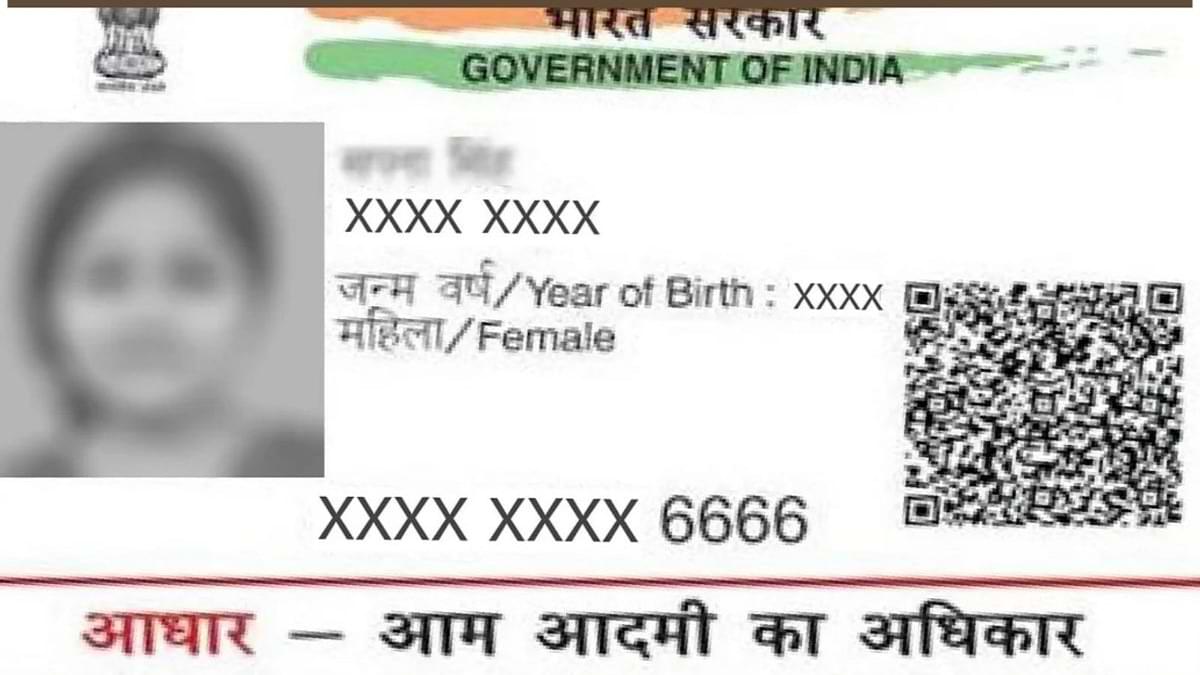New Delhi: For all Indian citizens, the Aadhaar card is the biggest aadhaar (base) as a must identifying document issued by the UIDAI (Unique Identification Authority of India), for availing of government subsidies and benefits of various government-run welfare schemes and for KYC/e-KYC, address proof, name proof, and date of birth. This is also needed to obtain passports and create bank accounts, among other things.
On 27 May, while citing a recent “attempt to misuse a photo-shopped Aadhaar card”, the Bengaluru Regional Office of the UIDAI published a notification asking people not to share photocopies of their Aadhaar card. It asked people to share a masked Aadhaar instead, which can be downloaded from the UIDAI website. The notification also advised against using a public computer to download electronic versions of the Aadhaar. To make Aadhaar more secure, the UIDAI has the option of a “masked Aadhaar ID” and alternatively a Masked Aadhaar can be shared. In a Masked Aadhaar, the Aadhaar number is masked which basically replaces the first eight digits of your Aadhaar number with asterisks. Only the last 4 digits remain visible.
Cyber expert Ritesh Bhatia said, “The first advisory was good enough and in the right direction as it informed people that they really have to be careful about Aadhaar as it is prone to misuse. Misuse was done like Aadhaar copies were scanned, then it was photoshopped by replacing the original person’s photograph and name, number, and address that belonged to the original person. Via this fake bank accounts were generated which we call ‘mule accounts’. Masked Aadhaar is important to download and submit at places required, but in an authenticated mode which means whenever we submit an Aadhaar copy to any organization, they will authenticate where they go online after which OTP will come to the real owner and the card is authenticated and for this organization has to have a licence.”
Former Head of Biometric Investigations and Deduplication Department, UIDAI, Dr Satendra Yadav said: “With scams happening, there is more need for authentication devices at points where Aadhaar is required and accepted. These devices authenticate with Iris IDs or finger impressions as per requirement. The breach of security is at receiving end where Aadhaar is accepted like that by banks, telecom companies, income tax departments, and other organizations that misuse this information.”
Fear of misuse: Unmasking the ‘Masked Aadhaar’
- Advertisement -

